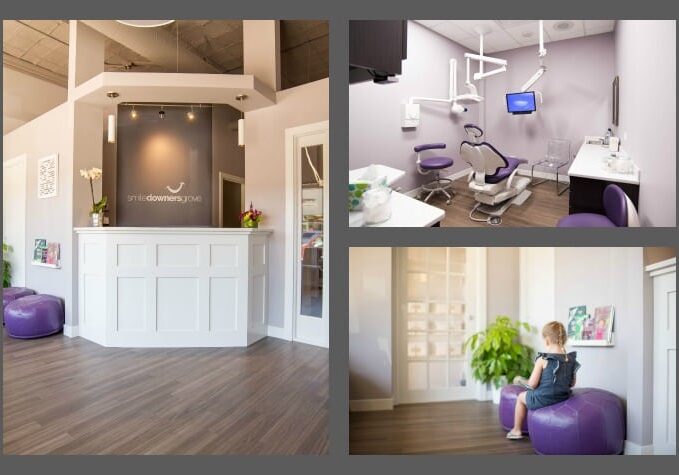
In a Survival of the Fittest Market, Dental Offices Have to Change with Demand
In the short time since the worst days of the recession, many industries have struggled to reach the heights they once took for granted. In no industry has this been more true than in dentistry, which has faced declining patient volume even before the recession. When those already reticent patients lost their jobs and insurance policies, they became even less inclined to schedule dental work, and this trend has only grown despite economic progress. In fact, demand has been so low that it’s estimated that seventy-five percent of dental practices have seen reduced profits within the last few years. On the supply side of this economic equation is the new crop of dental school graduates, many of whom are deeply in debt and hungry for work.
What does this mean for dental practices?
1. Competition for patients will continue to increase.
2. Patient demands and expectations for care have changed.
5 Ways to Survive – and Thrive
1. Embrace Electronic Medical Records
Transferring patient files to digital form opens up new possibilities for increasing efficiency throughout the office. Embrace this change, and you can shave time off of daily tasks, increase time spent with patients, and impress them with your organizational skills.
2. Try Automated Patient Check-Ins
Another time-saver to increase efficiency is the Automated Patient Check-In (APC), a simple touch screen system that allows patients to check themselves in as soon as they walk through the door. By saving space APC also creates new possibilities for more user-friendly waiting areas.
3. Adhere to New Rules & Regulations
Three sets of rules and requirements require changes to the way dental offices perform: HIPAA’s privacy rule, Americans with Disabilities Act (ADA) requirements, and municipal or city building codes. In short, you’ll need to ensure reasonable privacy and complete access for people with mobility issues.
4. Create a Positive Experience
Prioritizing patient experience is key to survival for two reasons: Competition, and patient expectations. Today’s patients want comfort, private areas with wifi and power outlets, and a more sophisticated or spa-like environment (or a fun, yet still sophisticated environment for pediatric offices).
5. Reorganize for Efficiency
In any other industry, raising taxes and overhead costs would lead to raising rates, but when fees are linked to insurance reimbursement rates, that solution may not be possible. The only viable solution is to fine-tune the operations of the dental office.
If dental practices don’t evolve to fit what the American Dental Association has termed the “new normal,” they may not survive. But change isn’t a bad thing. Those who weather the storm will find themselves more efficient, more productive, and more profitable. The question is: Will you be among them?
